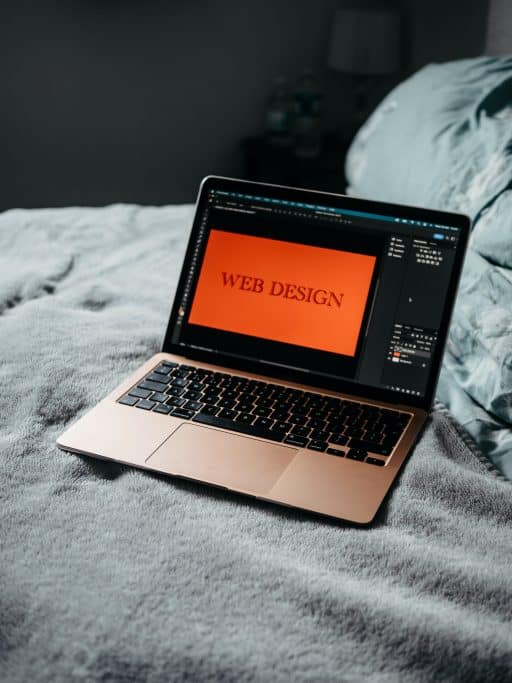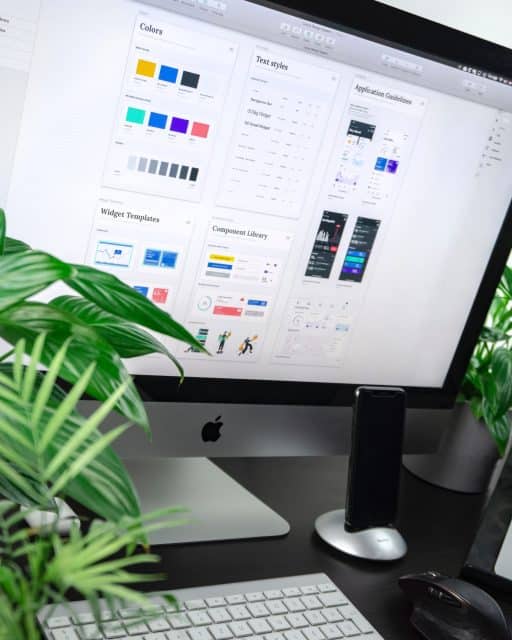Over the past decade, the world of web design has experienced rapid evolution, driven by advancements in technology, changing user preferences, and creative innovations. Web designers have been on a continuous journey to create engaging, intuitive, and visually appealing websites. In this blog, we will take a retrospective look at the web design trends of the past decade and explore the future predictions that will shape the digital landscape. Additionally, we will delve into the current state of South African web designers and how they are adapting to modern-day challenges.
Good web design is about the character of the content, not the character of the designer.
– Jeffrey Zeldman

Section 1: Web Design Trends of the Past Decade
1.1 Responsive Web Design
One of the most transformative web design trends of the past decade was the emergence of responsive web design. With the proliferation of mobile devices, web designers had to adapt their approach to ensure that websites functioned seamlessly on various screen sizes and resolutions. The introduction of fluid layouts, flexible images, and media queries allowed websites to dynamically adjust and provide an optimal user experience across devices.
1.2 Minimalism and Flat Design
Minimalism and flat design gained prominence during the early part of the decade. Inspired by the principles of simplicity and clarity, these design styles eliminated unnecessary elements, relying on clean lines, bold colours, and ample whitespace. The trend focused on delivering a straightforward and user-friendly experience, often complemented by easily recognisable icons and typography.
1.3 Parallax Scrolling
Parallax scrolling was another notable trend that captivated users in the past decade. By creating a sense of depth and interactivity, parallax scrolling involved different elements moving at varying speeds as the user scrolled down the page. This captivating technique added a unique storytelling aspect to websites and enhanced user engagement.
1.4 Hero Images and Videos
To make a powerful first impression, web designers adopted the use of hero images and videos. These large, eye-catching visuals dominated the top section of websites, conveying the brand’s essence and message succinctly. High-quality imagery and videos became instrumental in creating an emotional connection with visitors.
1.5 Micro-interactions
Micro-interactions were introduced to provide subtle yet delightful user experiences. These small animations, such as button hover effects, loading spinners, and notification alerts, enriched user interactions and made browsing websites more engaging and interactive.
1.6 Mobile-First Design
With the increasing dominance of mobile users, web designers started adopting a mobile-first approach to ensure that websites were designed with mobile devices as the primary consideration. This strategy aimed to optimise the user experience on smaller screens while progressively enhancing it for larger devices.
Section 2: Future Predictions in Web Design
2.1 AI-Driven Personalisation
As artificial intelligence continues to advance, web designers are expected to integrate AI-driven personalisation to deliver tailored user experiences. AI algorithms will analyse user behaviour, preferences, and demographics to present personalised content, product recommendations, and user interfaces.
2.2 Voice User Interface (VUI)
With the rise of voice assistants like Siri, Alexa, and Google Assistant, web designers will increasingly focus on incorporating voice user interfaces. VUI will revolutionise the way users interact with websites, offering a hands-free and more natural way to navigate and access information.
2.3 Augmented Reality (AR) and Virtual Reality (VR)
AR and VR technologies will play a significant role in web design in the future. Web designers will explore creative ways to blend the physical and digital worlds, allowing users to experience products, services, and content in immersive and interactive ways.
2.4 Dark Mode
Dark mode has gained popularity in recent years due to its aesthetic appeal and potential energy-saving benefits on certain screen types. Web designers will continue to offer dark mode options to users, enhancing accessibility and providing a visually refreshing experience.
2.5 Sustainability and Eco-Friendly Design
As environmental concerns grow, web designers will be more conscious of sustainability and eco-friendly design practises. This includes optimising website performance for energy efficiency, reducing carbon footprints, and promoting green initiatives through design elements.
Section 3: South African Web Designers in the Modern Day
South African web designers have kept pace with global trends while adding their unique flair and cultural influences. In the modern day, South African designers are increasingly focusing on the following aspects:
3.1 Embracing Local Aesthetics
South African web designers are incorporating local aesthetics, traditions, and art forms into their designs, giving websites a distinctive African touch. This approach reflects the country’s rich cultural heritage and resonates with the local audience.
3.2 Multilingual Websites
Given South Africa’s diverse linguistic landscape, web designers are developing multilingual websites to cater to various language-speaking communities. This inclusivity ensures that all users can access content in their preferred language.
3.3 Supporting Local Businesses
South African web designers actively support local businesses by creating visually appealing and functional websites that showcase their products and services effectively. This helps local entrepreneurs gain an online presence and reach a broader customer base.
Design is not just what it looks like and feels like. Design is how it works.
– Steve Jobs

Key Take Away
Web design has witnessed remarkable transformations over the past decade, driven by technological advancements and changing user preferences. From responsive design to AI-driven personalisation, the future of web design holds exciting possibilities. In South Africa, web designers are leveraging their creativity and embracing cultural influences to deliver engaging and locally relevant web experiences. As we look ahead, the web design industry will continue to evolve, captivating users and redefining digital interactions in remarkable ways.






